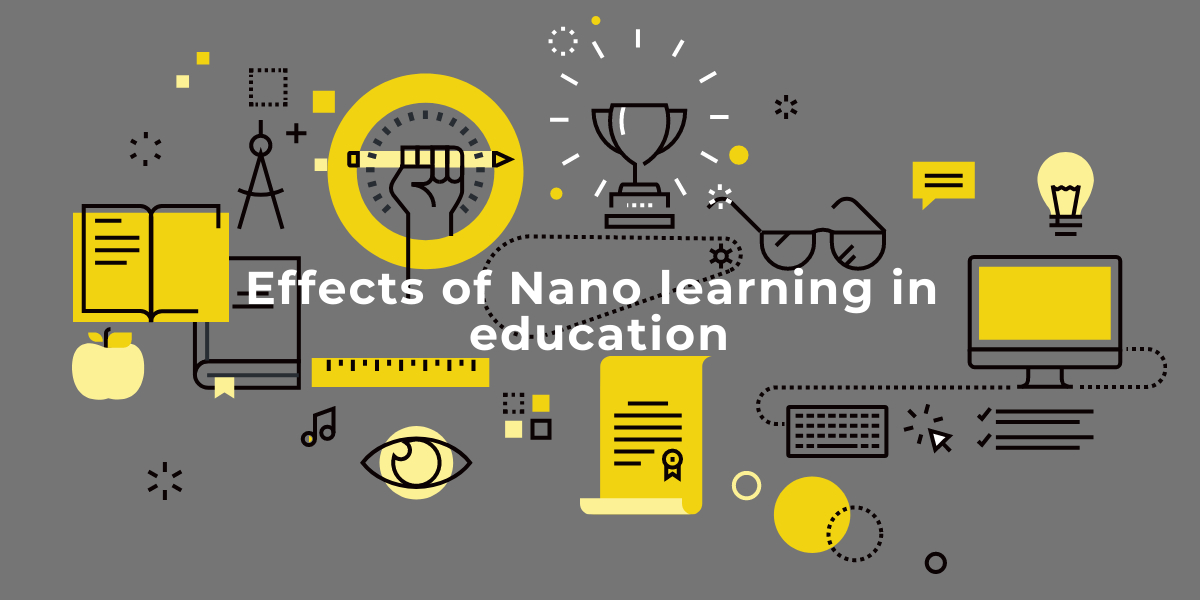Effects of Nano learning in education; With teachers constantly looking for new ways to keep their students’ attention high in the remote education scenario, nano learning represents an effective up-and-coming resource that must be kept in consideration.
Whilst keeping the level of attention high has always represented one of the most challenging tasks for educators, today it’s even easier for students to get distracted while they’re at home following remote learning schedules, with several new factors to take into account, such as screen fatigue, or countless pop-up notifications.
Nano learning represents an interesting methodology that offers an effective alternative to traditional lessons. Basically, it consists of incorporating bite-sized learning solutions into the daily classroom routine, be it online or offline.
Providing students with smaller amounts of inputs over a shorter time frame is proven to increase the ability to take and retain information. Why? Because it increases productivity and chances to capture the pupils’ attention, while also aiding their ability to learn.
This approach also makes things simpler when it comes to the most complex parts of the program: smaller and simpler chunks are obviously easier to understand, and adding an engaging element to the equation prevents learners from becoming bored during their lessons.
In this article, you will learn some of the negative effects of nano learning in education;
1. It hinders group work: Nano learning can not be effective for everyone as it hinders students from working together as a team since different students can work on different short courses and modules from anywhere they are without having to work or learn together in a group. This prevents them from sharing ideas or even learn from each other.
2. It is restrictive: In some cases, certain online certification exams and programs will not be able to adopt the use of nano learning since it requires more time to master it and it is also more of theory than practical which will restrict the courses that can use it.
3. It limits students interactions: Students who use nano learning are mostly independent learners who can always learn at their own pace without having to interact with others this will inadvertently limit and reduce their interactions with other learners. This can also affect their personal human relations and social interactions skills.
Are you a school owner and you need a web solution to digitize your school work click here to signup for free.
Author: Semira Ayeni.




